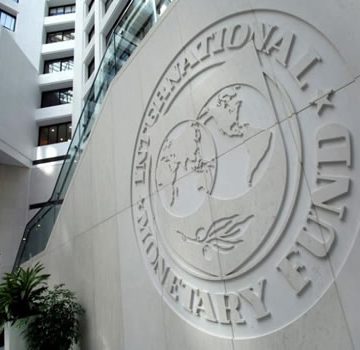While presenting the latest edition of IMF’s World Economic Outlook, which was released in Washington DC, United States, at the on-going World Bank Annual Meetings, Maurice Obstfeld, IMF’s Economic Counsellor, noted that “Nigeria is expected to emerge from the 2016 recession caused by low oil prices and the disruption of oil production. Growth in 2017 is projected at 0.8 percent, owing to recovering oil production and ongoing strength in the agricultural sector.”
He added, “However, concerns about policy implementation, market segmentation in a foreign exchange market that remains dependent on Central Bank interventions (despite initial steps to liberalize the foreign exchange market), and banking system fragilities are expected to weigh on activity in the medium term.”
According to Obstfeld, “Nigeria is going to have stronger growth this year because agriculture and oil production are doing better but there are still downsides and there is still a lengthy adjustment to lower oil prices ahead.”
While downgrading its growth projection for sub-Saharan Africa economy from 2.7 percent and 3.5 percent respectively for 2017 and 2018 to 2.6 percent and 3.4 percent, IMF said, “Downside risks have risen because of idiosyncratic factors in the region’s largest economies and delays in implementing policy adjustments. Beyond the near term, growth is expected to rise gradually, but barely above population growth, as large consolidation needs weigh on public spending.”
Obstfeld said, “What we see in the headline numbers is growth this year and better outcome which is largely driven by the larger economies such as Nigeria South Africa and Angola where one of the factors that had being laying on growth and allowing for a somewhat better outcome but not necessarily a strong one in particular with the case of Nigeria is stronger oil production after the problems and anticipating better agricultural production are playing a role likewise in South Africa, a rebound in agricultural has ease drought in that region and stronger mining output are helping.
“So these are the dissipating of negative factors and it is not a very strong growth impetus that is coming. That is not to say that a number of economies are not growing stronger; many countries are growing at five percent so that is a favorable story although it comes with risks, with some countries with public debt has been quite strong.
“Those four economies are oil export countries and they are adjusting their public finances to lower oil prices and that is creating a drag for their economies.”





